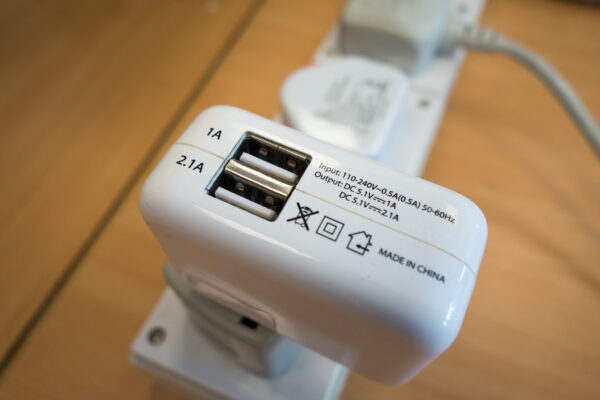
I read with amusement the BMTC commander’s reply to a forum letter to review the “no-charger rule” for National Service recruits. He said the mass charging of mobile phones would mean using multi-adaptors and extension cords, which increases the risks of overheating. Really? BMTC doesn’t have enough electricity and/or sockets to go around to support mobile phone charging?
Let’s do some math. Suppose every recruit has a power hungry gadget needing to be charged. The sort that draws 2.1A (at 5V). The mains runs at 230VAC. I know it’s not a simple straight-forward Power = Current x Voltage formula here when it comes to converting between DC to AC. But some web resource tells me that it should work out to 0.0643A, depending on what kind of transformer you use. (I’m not electrically trained… so I hope I’m making sense here.)
0.0643A at 230VAC is pretty small. A single 13A circuit can support some 202 such power adapters.
Reasonably, how many multi-adaptors and extension cords do you expect to chain from a single power socket? I hear now the BMTC bunks are quite luxurious. No more whole platoon in one bunk. They house only like, maybe, 20 in one bunk? So let’s say these 20 recruits shared a single 13A power socket, like as if the entire bunk has got no other power supply, that’s only going to draw 1.286A. Overheating from 1.286A of current?
Tripping (i.e. falling down) hazard from multitudes of extension cords, perhaps. I’m not sure if overheating would be an appreciable concern.
This sounds like a case of just wanting to keep the rule for the sake of wanting rules.
I think, if the Colonel does not turn on his air-conditioner, perhaps the SAF could afford the electricity for 202 desperate recruits to keep their gadgets juiced up.
I wonder if the SAF can be more “welfare” with recruits? Does the no-charger rule also apply to non-recruits? If not, why?
Ref: Straits Times (screenshot of letter in the above)
